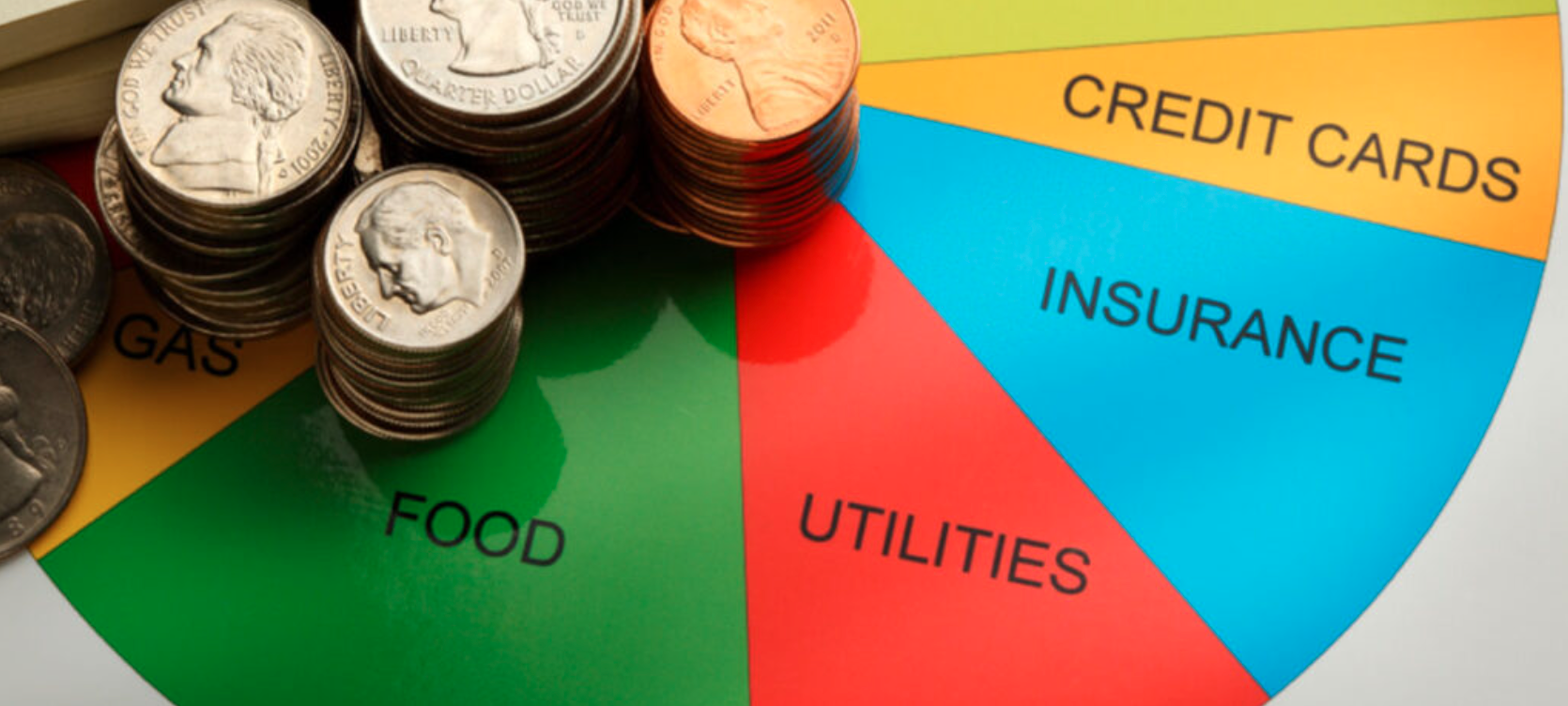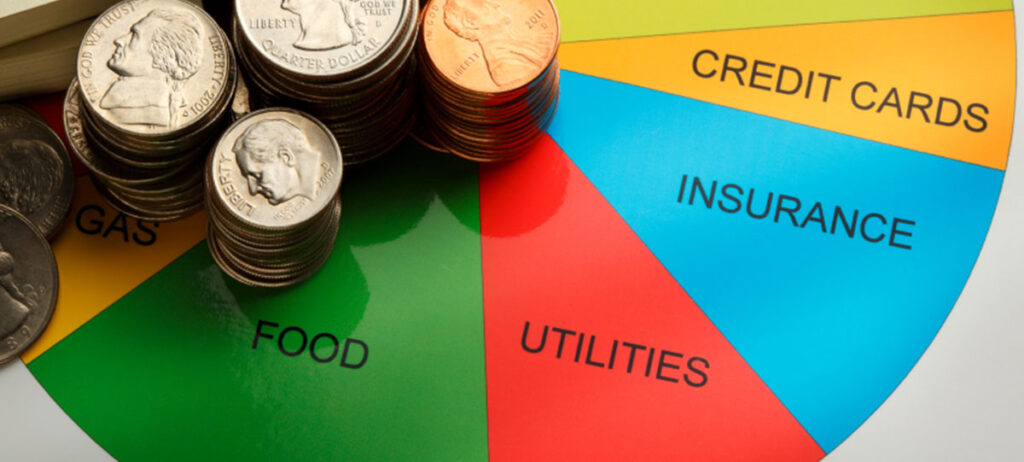
January 9, 2023
It goes against everything you’ve ever been told about money management, but I would recommend that most folks should not make a budget. Budgets work for a very specific type of person. If you’re the type of person who ca n weigh your food before you eat it, you may be a budget person. If […]
Ditch Your Budget – There’s a Better Way

It goes against everything you’ve ever been told about money management, but I would recommend that most folks should not make a budget. Budgets work for a very specific type of person. If you’re the type of person who ca
n weigh your food before you eat it, you may be a budget person. If you use graph paper instead of regular notebooks because you never know when you’ll need to sketch something to scale, budgets may be a good fit for you. Or, if you’re the type of person who pulls out a ruler, a level, templates, and masking tape to hang a photo, you will probably do really well with a budget. For the rest of us, however, budgets equal anxiety, guilt, and broken dreams. Back away from the spreadsheet and put down the app. Until someone invents a debit card that literally won’t allow us to spend anymore once we’ve depleted a specific category, let’s just stop playing those games.
There is a better way
For those of us with Shiny Object Syndrome, Treat-yoself-itis, or even Acute Occasional Latte Cravings, I recommend a system that allows more room for improvisation. Guess what? I have no idea how much money I’ll spend on clothes next month. It snowed today; I may need more fleece lined tights. The point is most of us need room for the frivolous in life while making sure we’re still handling the non-negotiables.
Here is the system that allows us to do that:
1. Calculate your baseline monthly expenses. These are the things you need for modern survival, so be sure to include everything from rent to the Internet. Don’t forget to include annoying things like car insurance.
2. Create a ratio for the rest of your money that you can consistently stick to that will help you achieve the rest of your financial goals as quickly as possible. That may look like: 50% debt, 30% savings, 20% fun money or, 40% savings, 30% fun money, 20% investments, and 10% charitable giving.
3. Set up specific checking and savings accounts for each of your goals.
4. Talk to your HR department about having them deposit specific amounts of your check into your different accounts, or get into the habit of moving your money around each payday.
5. Rest assured knowing that all of your bills are getting covered as your savings are piling up and anything that lands in your fun money account can be spent willy nilly.
Why does this work?
The challenge that most people have with creating a traditional style budget is that it’s like counting calories. You are required to be consistently vigilant about pretty much every action
you take across multiple different categories while being sure to restrict yourself in specific ways. It takes a tremendous amount of discipline and will power, two things that most of us can’t count on when the going gets tough.
What this system does is allow you to direct your dollars broadly across just 4 or 5 categories, while having complete freedom to spend when it comes to arbitrary purchases. You get to make one choice up front about how to spend your money instead of having to make the best choice every day. You get to have your savings and spend however you want, too.
Let’s make it real
Here is an example of how this system could work for a single person with a W-2 job, student loans, a bit of credit card debt, and less than 6 months of emergency funds saved up.
$3200 Monthly Take-Home Pay
-$1800 Monthly Expenses
$400 Leftover
Credit Card Debt (50%) $200
Emergency Fund (30%) $120
Fun Fund (20%) $80
This only leaves $80 per month to spend on all the extras. As Dr. Melody Wright calls it, this is being “broke on purpose”. By putting only $80 in your fun debit card account, you now know that you have maybe one DoorDash, one lipgloss, and one birthday present available in your account. However, you also know that you have plenty of money available with which to get your groceries, buy your gas, and keep the lights on. In fact, you don’t even have to THINK about those things anymore because the money is just there in your account as you need it. You also know that your credit card debt is getting paid down with lightning speed because you’re sending money in that direction the second you receive your paycheck as opposed to hoping you have a little something extra to add to it at the end of the month.
So, what happens as you start to pay down your debt and fill up your emergency fund? Let’s look at scenario number two for the same person six months later. The credit card is paid off and the emergency fund is going strong.
$3200 Monthly Take-Home Pay
-$1800 Monthly Expenses
$400 Leftover
Emergency Fund (40%) $160
Student Loan (35%) $140
Fun Fund (25%) $100
Now, your emergency savings get a boost to get you to that 6-month savings mark even faster, your student loans start getting paid down with lightning speed, and you get a small fun boost (you earned it). The great thing about this system is that the breakdown for your overflow funds is completely up to you.
Once you’ve figured out what your monthly expenses are and you’ve allocated money to pay them, you can really set up the rest of your money any way you want. The magic comes in allocating your leftover fund the SECOND you receive your paycheck (or any income). By immediately putting all money out of reach that you don’t want available for arbitrary purchases, you will save yourself from spending more than you can afford to. This is a discipline-free system. The only discipline comes in setting up the accounts, sending the money where it needs to go, and then ONLY spending your fun fund for the silly stuff. Put your financial wellness on autopilot, baby. You’ve got life to live.
By Bevin Morgan
Financial Wellness Coach
Instagram: @bevinmorgan
Website: www.bevinmorgan.me
